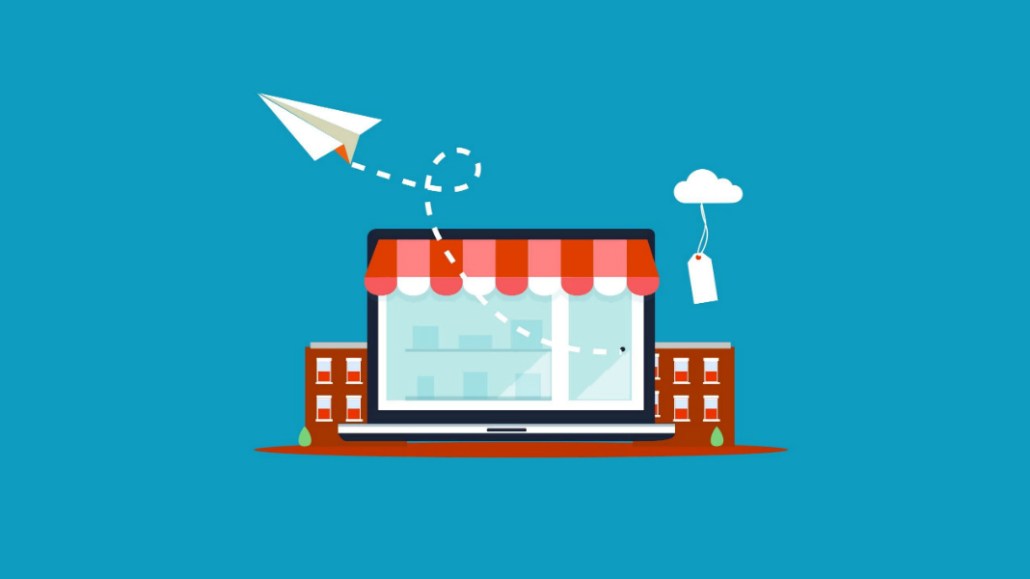Save 50% on a 3-month Digiday+ membership. Ends Dec 5.
‘No brainer’: Marie Claire launches sampling business to boost revenue and data practice

Women’s lifestyle title Marie Claire is getting into the sampling business with the launch of Beauty Drawer, opening Monday, 3 Aug, 9. a.m. U.K. time. The first 5,000 members to sign up will receive samples of anti-aging cream from the launch partner, beauty brand StriVectin.
Free sampling — an age-old marketing tactic — has been decimated by store closures and lockdown mandates from coronavirus. And there is no doubt sampling works: Beauty samples are the third-largest driver of full-size product purchases, according to market research firm Euromonitor International. Now brands have to figure out what the future of sampling looks like, and publishers can help.
The cadence of how often members receive free products from Beauty Drawer is ad hoc based on the deals Marie Claire strikes. As it grows — it expects 6,000 new sign-ups a month to start — it will tier the audience so brands can target products to skin types and preferences pre-selected by members when they sign up to the service.
“Sampling is a no brainer for beauty brands,” said Marie Claire’s e-commerce director Emily Ferguson. “Beauty is so subjective, why would a brand give out 5,000 samples where three quarters don’t suit that skin tone? They’ll lose that audience at that time.”
As well as paying for the sample, brands pay for advertising through sponsored content or social campaigns, like How-To Guides. In May, Marie Claire had over 3 million monthly unique users in the U.K., twice as many as the year before, according to Comscore figures.
“Sampling adds a whole new concrete way to map out what Marie Claire content brand partnerships would look like,” said luxury consultant Livia Stefanini. “You measure partnerships on lead gen and engagement, this guarantees 5,000 people will receive your sample. That’s guaranteed penetration.”
In a crowded women’s lifestyle media market, Marie Claire has positioned itself as the destination for beauty, thanks to business lines like its London beauty store Fabled and editorially driven e-commerce site The Edit, said Stefanini.
Ad position: web_incontent_pos1
“Working in skincare, samples are the number-one way to get people into a product,” she added, pointing to a study from 2015 showing that free sampling was a top-five contributing factor for buying skincare products for over 30% of consumers. Skincare is proving more resilient and benefiting (proving out?) Leonard Lauder’s often critiqued “lipstick effect,” maxim she added, which suggests that women will buy cosmetics throughout a recession.
There are other revenue opportunities for Marie Claire. Brands can sign licensing deals so products have a rating and review from the editorial team. While there are no fixed plans to yet, amassing thousands-strong databases from its new sampling push will be lucrative for the title in terms of growing its first-party data pool and spinning up other models like subscription boxes. Marie Claire plans to launch another business in the next few weeks, but Ferguson wouldn’t share what type.
Marie Claire’s revenue is evenly split between advertising, (display and branded content) and commerce, (affiliates and voucher business), said Ferguson. For The Edit, its editorially-driven e-commerce site, the average basket size for designer customers — which make up roughly 60% — is £397, ($521.34) she said. Like other publishers, e-commerce has boomed. Marie Claire generated as much revenue from e-commerce in the first seven months of 2020 than for all of 2019, she said. In May, it made more money through e-commerce than Marie Claire did during Black Friday last year.
Marie Claire has been working on Beauty Drawer for the last year. In April, Future PLC completed the £140 million ($184 million) takeover of TI Media -— which publishes nearly 40 titles like Ideal home and Country Life — after selling off three titles due to competition concerns. Both Future and TI Media have cut staff and closed titles since the impact of coronavirus. Ferguson wouldn’t say what role Future is playing in the title’s sampling business.
Women’s lifestyle magazines haven’t faced as many closures during coronavirus as other niche titles, but there’s still a heavy dependence on print revenues that’s unlikely to return, said independent media consultant Colin Morrison. Marie Claire went digital-only last September. But cutting costs by closing print is different from expanding digital operations. Future has historically invested in developing its own tech stack and digital operations.
Ad position: web_incontent_pos2
“There is a big market (in women’s magazines) and room to do a much better job digitally than what we have seen,” said Morrison. “I expect Future has big plans for Marie Claire in digital terms.”
Update: An earlier version of this article incorrectly stated that Marie Claire generated as much e-commerce revenue in June this year as it did in 2019.
More in Media

Digiday+ Research Subscription Index 2025: Subscription strategies from Bloomberg, The New York Times, Vox and others
Digiday’s third annual Subscription Index examines and measures publishers’ subscription strategies to identify common approaches and key tactics among Bloomberg, The New York Times, Vox and others.

From lawsuits to lobbying: How publishers are fighting AI
We may be closing out 2025, but publishers aren’t retreating from the battle of AI search — some are escalating it, and they expect the fight to stretch deep into 2026.

Media Briefing: Publishers turn to vertical video to compete with creators and grow ad revenue in 2026
Publishers add vertical video feeds to their sites to boost engagement, attract video ad spend and compete with news creators.
Ad position: web_bfu




